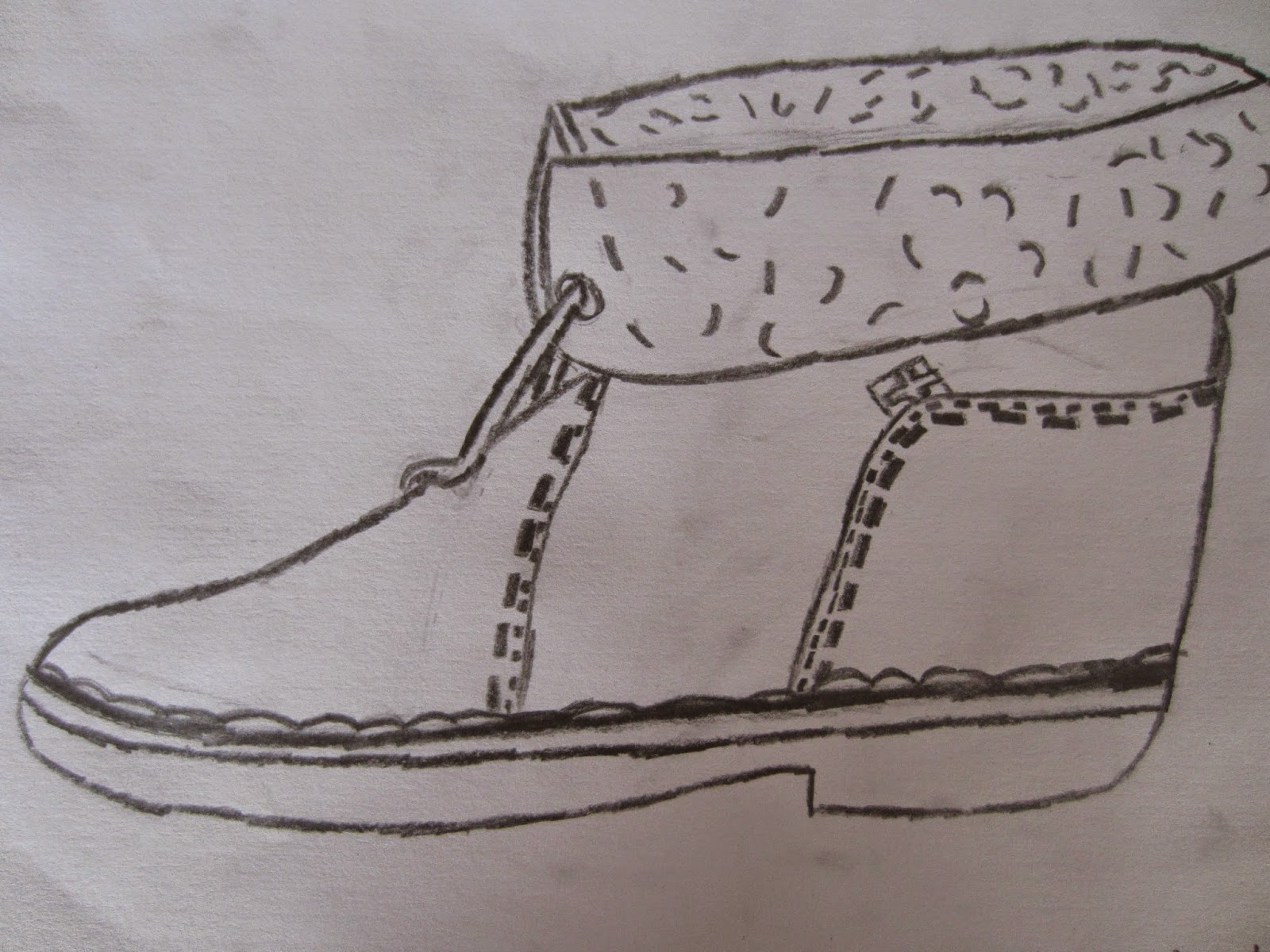The Spelling program in the classroom is comprised of many
elements. The South Australian Spelling test was administered a few days ago to obtain information of students' spelling age. These results along with the results from the SWST (Single Word Spelling Test) will be used to help place students on a level appropriate to their ability.
1. Each week students complete a spelling unit, usually
based on a visual pattern or on the current science of history inquiry unit. Last week, for example,we looked closely at the vocabulary related to the states of matter. In the Spelling Matters program there are two
levels focusing on the same pattern each week. Adjustments will be made within these texts depending on a student's individual ability. We are currently looking at "ea" words and the following week we will be looking at the different sounds
"ch" can make which is many e.g. chart, chassis, choir, character. This unit is thoroughly explained to each group and an hour is given
in class time each Monday morning. The unit is always thoroughly assessed and then returned to students.
 |
| ei sample |
 |
| ate sample |
2. Each day the students run Spelling Bingo, a game based
upon the weekly pattern. The students take turns at running this each morning.
They like to experiment with the different tools available on the Smart Board.
 |
| Spelling Bingo each morning as part of a routine |
3. The students are tested on their level each
Friday and add any errors to their Individual Spelling Lists. They each have a
card and are expected to accumulate five ticks on each word. These can be
student-tested, teacher-tested or parent-tested. I would appreciate if parents
could assist with the monitoring and testing of the words on this chart.
Students should learn five to ten of these each week. These lists also contain
words mispelled in other pieces of work across maths, science, English etc.
 |
| Example of an ISL card |
4. Danger words: these are the most commonly
mispelled words in the class for this term and these are displayed on a chart in
the room for student reference when proof-reading their work. Students who spell any of these words incorrectly must write them out fifty times each. The
same rule goes for the teacher! Note, a lot is two separate words.
 |
| Danger Words Charts at front of the classroom |
5. Students' book work across the subject areas is checked
regularly and spelling corrections are made on sticky notes in their books.
Students have to add these corrections to their ISL cards. They should have a partner test on at least five words a week. Some students can manage up to ten words. I encourage students to take the words home to learn as well. Once they have learned the words they can request a teacher test by writing their name on the whiteboard in the lower left hand corner.
 |
| Corrections on sticky notes in marked books |
6. Word Painting: Painting the words on the concrete with
water outside of the classroom in the courtyard. (Can you paint your ten words
before the first one evaporates?)
7. The Demons as identified by spelling guru Peter
Clutterbuck. These words, in progression of difficulty are those most commonly
mispelled by students from grade 2 to grade 8. Students work through these at
their own rate. I usually suggest they learn 5-10 at a time. These are
individually teacher-tested and there are some great incentives.
.gif&container=blogger&gadget=a&rewriteMime=image%2F*)



















































